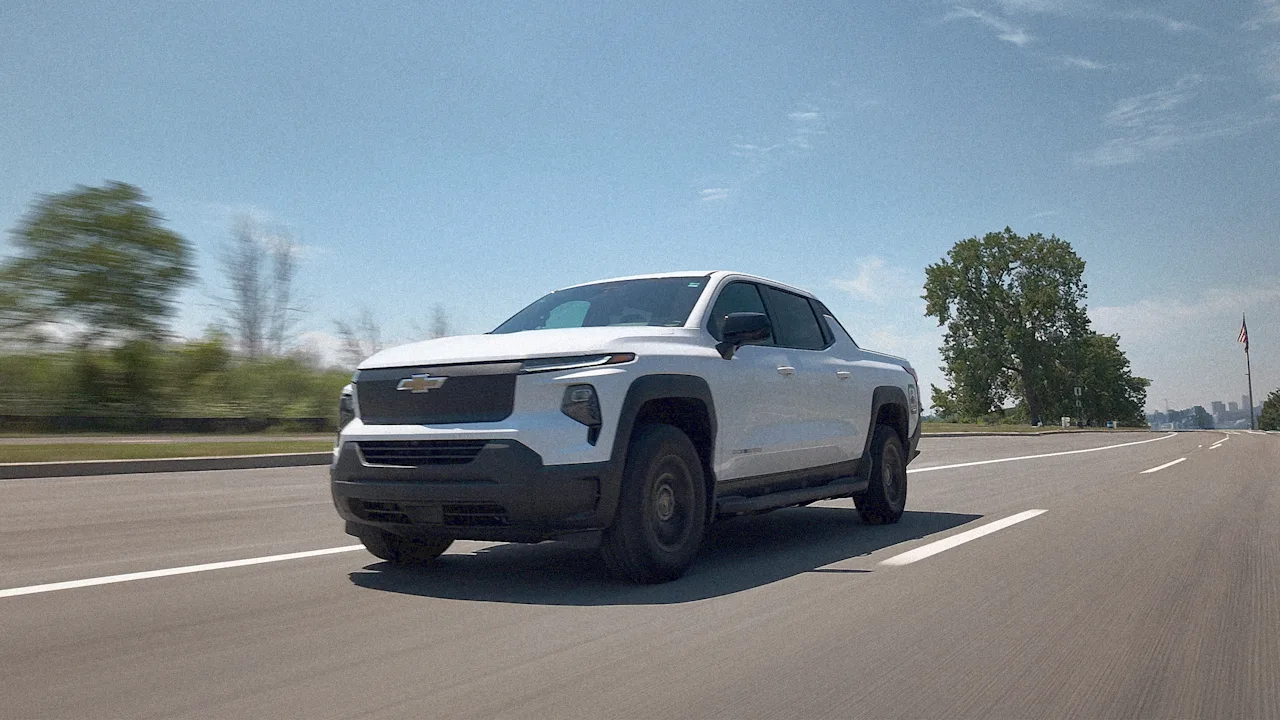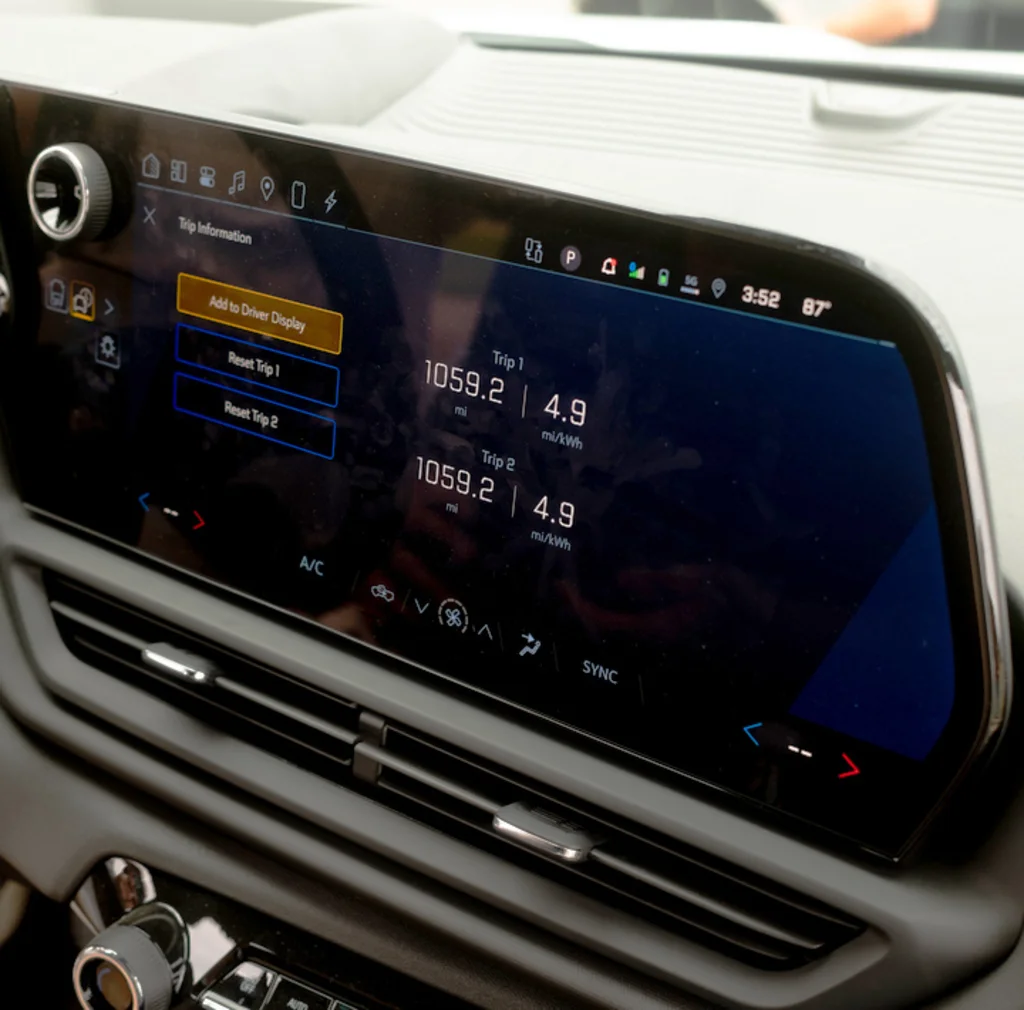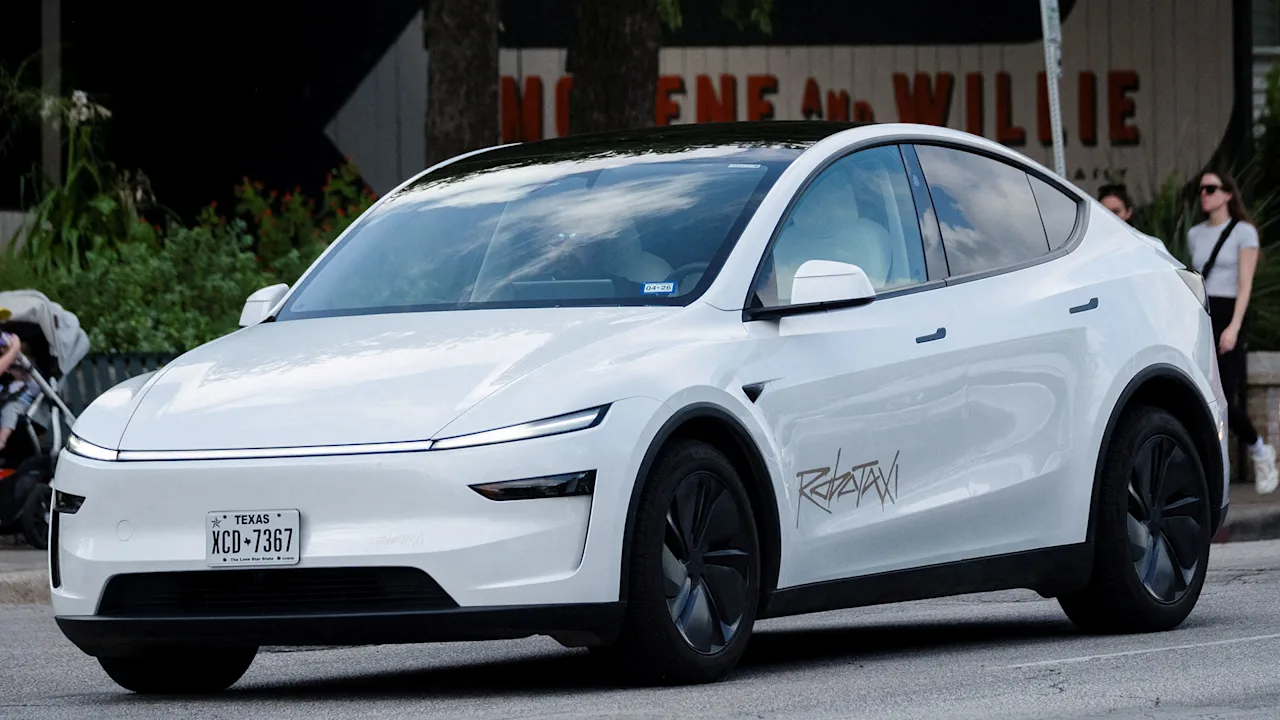Chevy engineers just drove the Silverado EV a record 1,059 miles on one charge (but don’t expect to get that far)

Over seven days in July, a rotating crew of GM workers drove a Chevrolet Silverado EV Work Truck for 1,059.2 miles on a single charge.
That’s higher than the Guinness World Record for longest distance driven by an EV on one charge—749 miles, set earlier in July by Lucid Air Grand Touring. It’s also significantly more than the Silverado EV’s EPA-estimated range of 493 miles.
But the feat required some driving conditions customers likely wouldn’t want to replicate themselves, like not using the AC at all during the summer heat, and driving at speeds of just 25 miles per hour.

“Range anxiety” has become a common concern for EV drivers and potential EV customers who fear getting stranded with a dead battery far from a charging site. Automakers and engineers continue to make battery developments to improve EV range, but how many miles you get out of a charge also depends on a whole bunch of other factors—like the weather, the weight in the vehicle, if you’re driving uphill, if you’re using air conditioning, and even your driving style, like if you’re accelerating quickly or slamming on the breaks.
GM engineers knew they would have to control for all those variables. They didn’t make any changes to the software of the battery for this test, but they did make hardware changes, including lowering the position of the windshield wiper to reduce drag, inflating the tires to their highest acceptable pressure to lower rolling resistance, and removing the spare tire to make the vehicle lighter.
Engineers also optimized the truck’s wheel alignment, put a tonneau cover over the truck bed, and turned off climate control inside the vehicle (if a driver has the AC on while it’s extremely hot outside, an EV range can be up to 50% less than under optimal conditions). They also chose to do the test during a warmer time of year, because EV batteries can struggle in the cold.
Workers who got behind the wheel took careful considerations around their driving behavior, too, mapping out routes that traveled on slower roads rather than highways and driving just 20 miles per hour to 25 miles per hour “where safe to do so,” says Jon Doremus, an engineering manager at Chevrolet who led the project. (Before July 2025, the Guinness world record for longest journey by an electric car on a single charge was 649 miles, also set by Lucid; Chevrolet didn’t involve Guinness World Records in this project.)
The rotating crew of Silverado drivers were also mindful of how hard they were breaking and accelerating. “One of the terms that the engineers used was ‘drive like there is an egg between your foot and the gas pedal,’ so very, very gently accelerating and very gently decelerating,” Doremus says. For the majority of the driving time, there was just one person in the truck, which reduced weight.
The project spanned seven days and included trips around GM’s Milford Proving Ground and Detroit’s Belle Isle. In total, about 40 different GM workers drove during the test; the team made a sign-up sheet available to anyone from the company to participate. “We knew this was going to mean a lot of hours driving in a truck that didn’t have AC, so you need to take shifts and have a lot of people rotating out to not get fatigued,” Doremus says. (Drivers could crack the windows up to 2 inches, and there was also a battery-operated fan in the truck.)
Forgoing air conditioning in July, avoiding highways, and traveling light (for an electric truck that has a towing capacity of 10,000 pounds) may not be choices that the average Chevy customer also decides to make. GM engineers know that.
“I don’t expect people are going to do these things on their daily vehicles, but that’s not to say there’s not a lot to learn and pick from this to get a better range,” Doremus says. He says the experiment shows just how many factors people can control to try to get more out of their EVs, and what important role driving behavior plays. “If you do want to get better range out of your vehicles and you’re willing to sacrifice some of your commute time, maybe it makes sense to take a local highway instead of the interstate and go 45 to 50 instead of 70 to 75 [miles per hour],” he adds.
It’s also not the first GM engineering test that doesn’t exactly mimic the standard, day-to-day driving experience. “Do we expect the average customer to go out to Yuma [Arizona], where it’s 120 degrees [Fahrenheit] right now, tow a trailer at max payload and go up and down the steepest grades we can find?” Doremus says. “Probably not, but we do it, because we want to make sure the truck can do that in case somebody ever does get in that situation.”
Workers who participated included some who were super familiar with the Silverado EV—but also those who hadn’t ever driven an electric truck before. For the latter, Doremus says the exercise quelled some range anxiety. “They realized that there’s a lot within my control to maximize this, this range,” he says. “Yeah, on paper, I may only be able to go 493 miles, but if I got into a situation where I needed to stretch my range as much as possible, there’s a lot of things that I can do to drive efficiently.”
What's Your Reaction?
 Like
0
Like
0
 Dislike
0
Dislike
0
 Love
0
Love
0
 Funny
0
Funny
0
 Angry
0
Angry
0
 Sad
0
Sad
0
 Wow
0
Wow
0




























































































